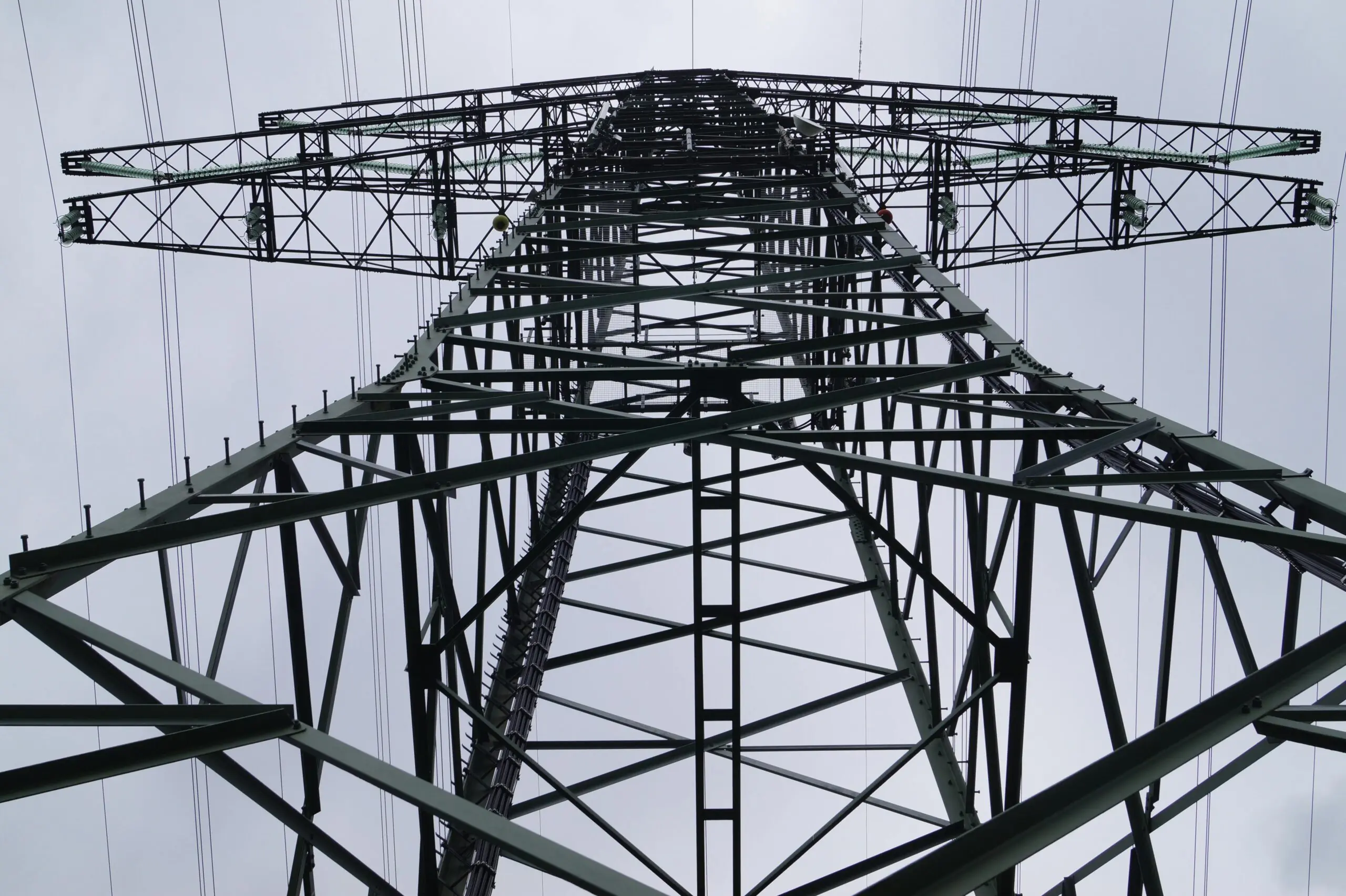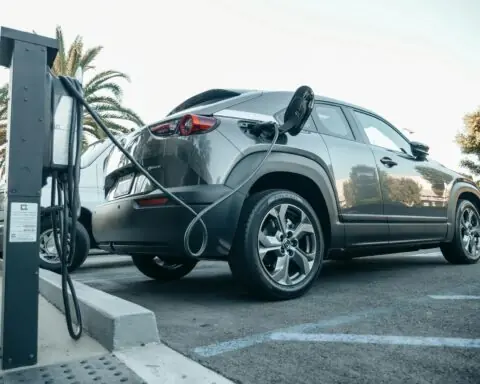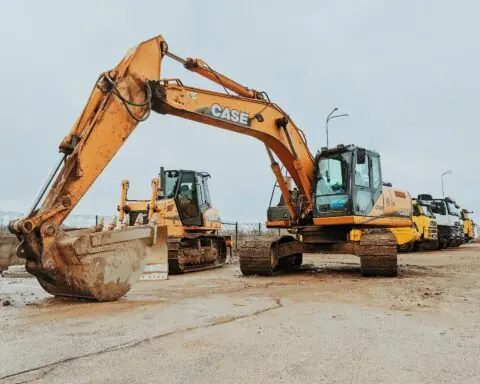The rise of artificial intelligence-driven data centers and advanced manufacturing has skyrocketed energy demands, threatening domestic energy security as current generators and stalled additions of baseload power sources fail to meet capacity, according to a new Department of Energy (DOE) report. The department determined that continued retirement of fossil fuel-based power sources and inability to add additional firm capacity could increase the rate of blackouts by 100 times by 2030.
The DOE recently released its Report on Evaluating U.S. Grid Reliability and Security, analyzing the nation’s current and future energy conditions. The report found that reliance on green energy sources and the subsequent replacement of firm capacity has led to a disparate mismatch between electricity demand and supply.
Innovations in artificial intelligence (AI) technologies and manufacturing have led to the sudden spike in energy consumption, slated to drive more than 20% of the growth in power usage within the next five years. The DOE’s report stipulates that meeting the demand will require the nation to pivot back to power sources like coal and natural gas to support reindustrialization, keep energy affordable and establish the nation as an AI superpower.
According to the report’s projections, the U.S. is on track to retire 104 gigawatts (GW) of firm generation by 2030 and replace it with 209 GW of new generation. Only 22 GW of those additions come from baseload generation sources, and even without retirements that amount would be insufficient to effectively mitigate blackout risk.
The DOE estimates that, in order to meet capacity, the nation will have to add another 100GW of new peak power supply by 2030, with half of that supporting data centers. The intermittent nature of wind and solar – largely dependent on weather patterns – means that the U.S. will not meet reliability demands. The department’s recommendations are that dispatchable energy from coal, natural gas and nuclear facilities is the best method to supplement energy grids with sustainable, real-time output.
The current administration has already begun implementing robust, rapid reforms to energy policy, regulations and permitting to incentivize the production of dispatchable energy infrastructure. Significant measures to reach the report’s “Required Build” capacity will be needed to achieve 100% reliable energy over the next five years, primarily centered around preserving current energy generation while advancing rapid deployment of coal, natural gas and nuclear energy generators.
Photo by Pixabay













